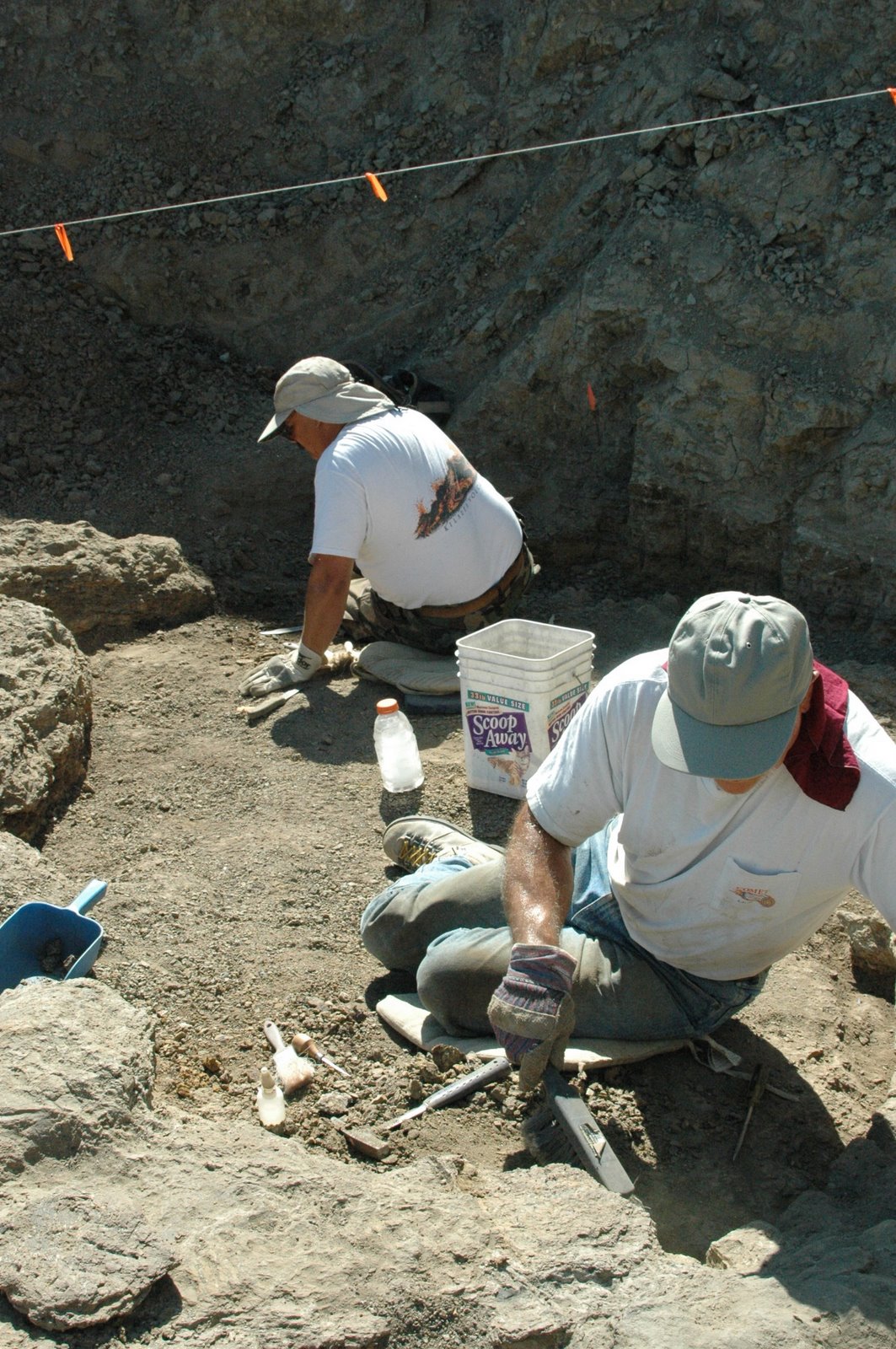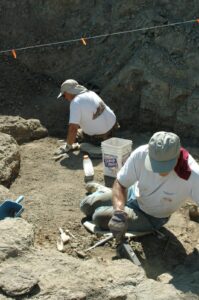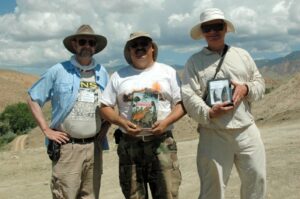Paleontological fieldwork is a demanding but rewarding endeavor, requiring meticulous planning, physical endurance, and a keen eye for detail. Fieldwork often takes place in remote and challenging environments, from arid deserts to dense jungles. The process begins with extensive research and geological surveys to identify promising locations for fossil discovery. Once a site is selected, the excavation process begins, often involving the removal of tons of rock and sediment.
Documenting each step of the excavation is crucial for preserving the scientific integrity of the find. Paleontologists carefully record the location, orientation, and geological context of each fossil. Photographs, drawings, and detailed notes are used to create a comprehensive record of the excavation. This documentation is essential for future research and analysis, ensuring that the information gleaned from the fossils is accurate and reliable.
The discoveries made during fieldwork can be transformative, providing new insights into the lives of dinosaurs and the history of our planet. From uncovering complete skeletons to identifying new species, each find contributes to our understanding of the prehistoric world. The challenges of fieldwork are often outweighed by the thrill of discovery and the opportunity to contribute to the ever-evolving story of life on Earth. Fieldwork is where the real magic happens.



